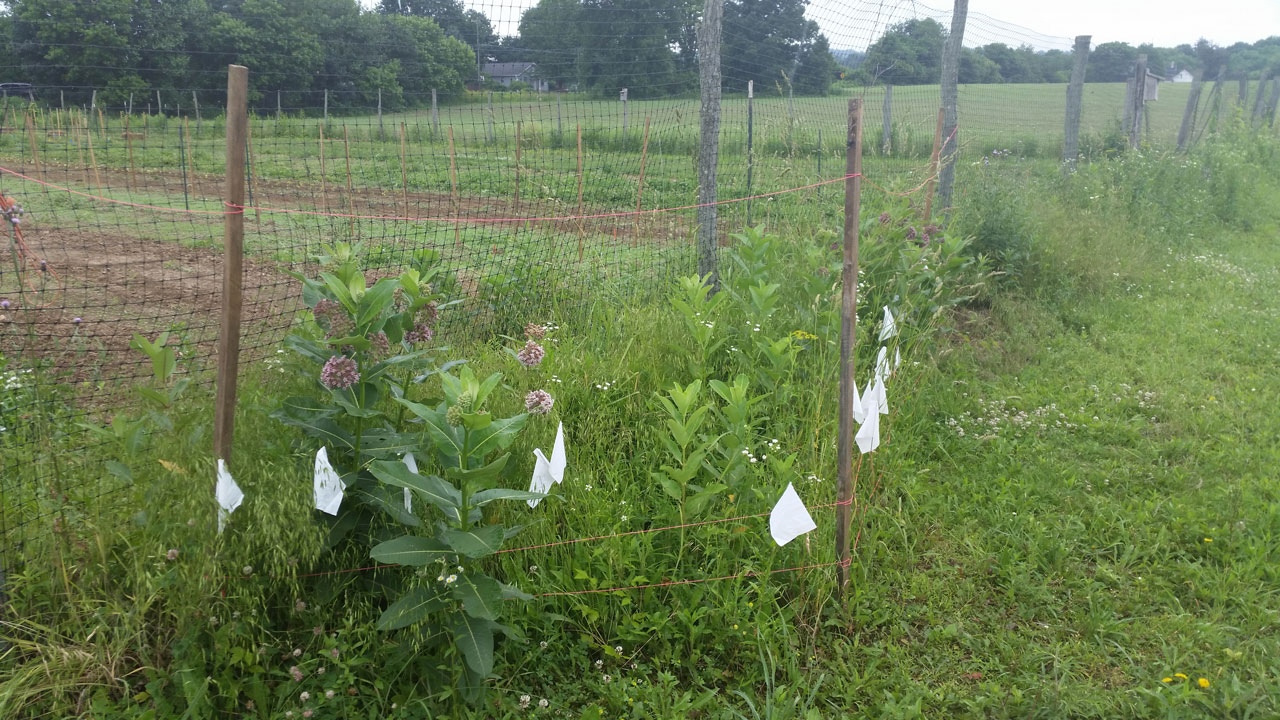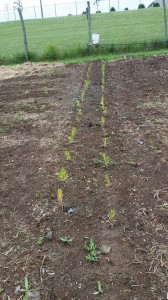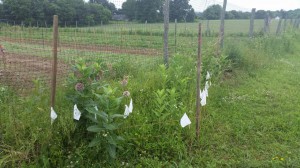As many people (like Gary Nabhan who visited our school and our farm this spring) know, Monarch butterflies are an extremely integral part of the North American ecosystem. They’re pollinators, like bees, hummingbirds, and other butterflies; and like Colony Collapse Disorder Monarch butterfly decline threatens our food prodcution. .
Luckily, there are plenty of things regular people and farmers can do to make way for Monarchs, mostly having to do with the reduction in the use of pesticides (another reason to buy organic!) and the cultivation of Milkweed, a group of flowering plants that are the only place a Monarch will lay eggs and the only food source for Monarch caterpillars
LaFarm of course, is doing our part. A few years ago, a student planted a few common milkweed plants on the edge of the farm, and this year we are cultivating some pleurisy root, a perennial milkweed commonly called butterfly weed, that is used as a medicinal herb. I and one other student, Jacob Strock are monitoring the common milkweed for the presence on Monarchs as part of the Monarch Larva Monitoring Project. As of time of writing there hasn’t been any sign of the beautiful butterflies, which is a sign common to the last few years of the drastic changes to their migration patterns.
We at LaFarm highly recommend you do something to help Monarchs, whether it be raising a bit of milkweed in your backyard (their pretty flowers can be a wonderful addition to any garden, or just another plant in an overgrown section of land you own,) monitoring some milkweed for larva as part of the MLMP, talking to your local farmers about growing milkweed and decreasing their use of insecticides or just buying organic food when you otherwise would be buying inorganic produce. Check out more at Make Way for Monarchs.org
-Joe Ingrao, Excel 2014 Scholar


